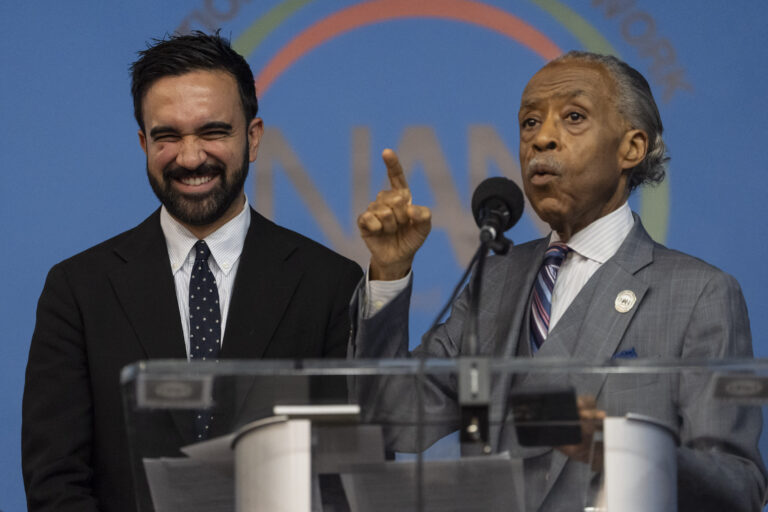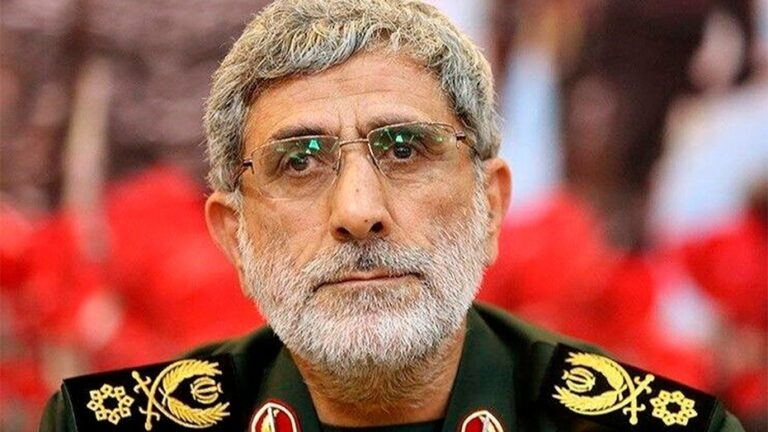Thanking Hashem for Misfortune and Deliverance:
Rabbeinu Yonah writes in Shaarei Teshuvah When one receives Hashem’s chastisement and as a consequence improves his ways, it is proper for him to rejoice in his sufferings, for they brought him great benefit, and he should thank Hashem for them as he would for other successes … and one who truly trusts in Hashem should hope in the midst of his distress that the darkness will be the cause of his light …. As our rabbis, of blessed memory, said, “If I did not fall, I could not have arisen; if I had not been in darkness, it would not have been light for me” (Midrash Tehillim 22).
We do not celebrate our salvation alone, but also the misfortune and suffering that necessitated that salvation. The suffering and the deliverance are to be seen as one indivisible unit. If someone dug a hole in a public thoroughfare into which someone else fell and broke his legs, he would deserve little thanks for offering to pay the medical expenses. But if a doctor has to break an arm in order to reset it properly, he deserves thanks for both the breaking and the resetting. So, too, must we recognize God’s providential hand in our suffering as well as our deliverance.
The Sfas Emes explains that the days of Chanukah were designated as days of hallel ve’hoda’ah (praise and thanksgiving): hallel for the miraculous salvation and hoda’ah for the suffering and misfortune that preceded it. Thus in the Al Hanisim prayer that is added to Shemoneh Esrei during Chanukah, we not only thank God for His miracles, deliverance, and mighty acts, but also for the battles.
The Gemara (Shabbos 13b) says that those who composed Megillas Ta’anis (the list of all the days commemorating miraculous deliverances for the Jewish people during the period of the Second Temple) cherished calamities. In other words, only those who could appreciate the Divine involvement in misfortune could truly place the deliverances in their proper perspective.
Our inability to perceive the Divine in our suffering is a result of our limited perspective. The Gemara (Pesachim 50a) asks on the verse, “On that day will Hashem be One and His Name One”- “Are Hashem and His Name not One now?” The Gemara answers that this world is not like the next world. In this world we say the blessing, hatov vehameitiv, on good fortune and dayan ha’emes on misfortune. But in the World to Come, we will say hatov vehameitiv on everything. In this world we write God’s name with the letters, hey, vov, hay, yud, but we pronounce it. In the next world, God’s name will be read as it is written.
In the next world, when we look back in hindsight, we will understand that all the misfortunes upon which we made the blessing dayan ha’emes in this world were really for our good, and then we will say hatov vehameitiv retroactively. Similarly, Hashem’s Name -signifies that He transcends time-that He was, is and always will be. It is a name that connotes mercy, for in the final analysis, beyond time, all is for the good. Since we are bound by time, however, we cannot relate to God’s name as it written. Rather, we see misfortune and adversity, and relate to Hashems’ a name that signifies that God masters and guides everything in the world, whether it appears to us as good or bad.
Reb Shraga Feivel Mendlowitz used to give the following mashal. When a small child draws a person, it is obvious from the start that the circle on top is the face, the line going down is the body, and the lines projecting out are the arms and legs. But when a master artist paints a person, he may start with a stroke of bright red, which to the uninitiated viewer appears to ruin the canvas. Only when the painting is completed, will it be obvious why the stroke of red was needed for contrast. So, too, Hashem is painting a masterful panorama of history. As the painting develops, there are strokes that we see as unnecessary or detrimental. But when the painting is finished, it will be obvious that every stroke was necessary for the perfection of the picture. That is what the Gemara means when it says there is no artist like Hashem (Berachos 10a).
When Moshe Rabbeinu asked Hashem to explain the suffering of the righteous and the prosperity of the wicked, Hashem responded, “You will see My back, but My face, you cannot see,” (Shemos 33:23). The Ksav Sofer explains: “My back-when the world reaches its completion, then you will understand in hindsight; but My face- with foresight, as the events are unfolding, you will not comprehend.”
We must, says the Gemara, make the blessing of dayan ha’emes with the same joy that we make the blessing, hatov vehameitiv. But if we recognize that all misfortune is really for our good, why do we not make hatov vehameitiv on everything that happens? The answer is that we must function on two levels simultaneously. From the standpoint of our physical beings, we are bound by time and hence experience misfortune as misfortune. What is more, that is how God wants us to relate to it. Our suffering is comparable to a painful operation which will cure us of a spiritual malady from which we suffer. Although one is happy that an operation will result in his ultimate recovery, the necessity for the operation and the pain it involves is still reason to be somber. At the same time, our neshamos transcend time, and therefore inwardly we are aware that this misfortune will ultimately be revealed as good. This gives us an inner simchah, even as we cry outwardly.
The real meaning of the blessing dayan ha’emes is not that God is the True Judge, but rather that He is the Judge of Truth. Only He can determine how the truth will ultimately be revealed-sometimes it will be in ways that are clear and sometimes in ways that are elusive and confusing to us.
Now we can understand the distinction of Nachum Ish Gamzu, so named because he responded to every misfortune with the words, “Gam zu letovah-this is also for the good.” But if every Jew is required to believe that everything from Heaven is for the good, wherein lies Nachum’s special distinction? The answer is that one is only required by halachah to acknowledge that from God’s standpoint all is good. Yet one is permitted to react to misfortune as misfortune from his own limited perspective. Nachum, however, actually related to misfortune as good, an achievement far beyond the halachic requirement.
My wife once asked me: Why does Miketz end in the middle of the story, with Binyamin’s fate hanging in the balance, rather than with Yosef revealing himself? The story of Yosef and his brothers, says the Chafetz Chaim, contains a good lesson for the future. We often imagine that when Mashiach comes, days if not weeks will be needed to explain the many tragedies of our history. But it is not so. With only two words-“And Yosef, I am Yosef”-Yosef cleared up all his brothers’ questions. So, too, when Hashem reveals Himself and the complete picture of the world becomes known, only two words – “And Hashem, I am Hashem” – will be necessary. The chachamim who divided the weekly Torah readings, intentionally ended Miketz with a cliffhanger to teach us that although all is ultimately for the good, sometimes one must wait until “next week’s sedrah” to understand how this is so.










